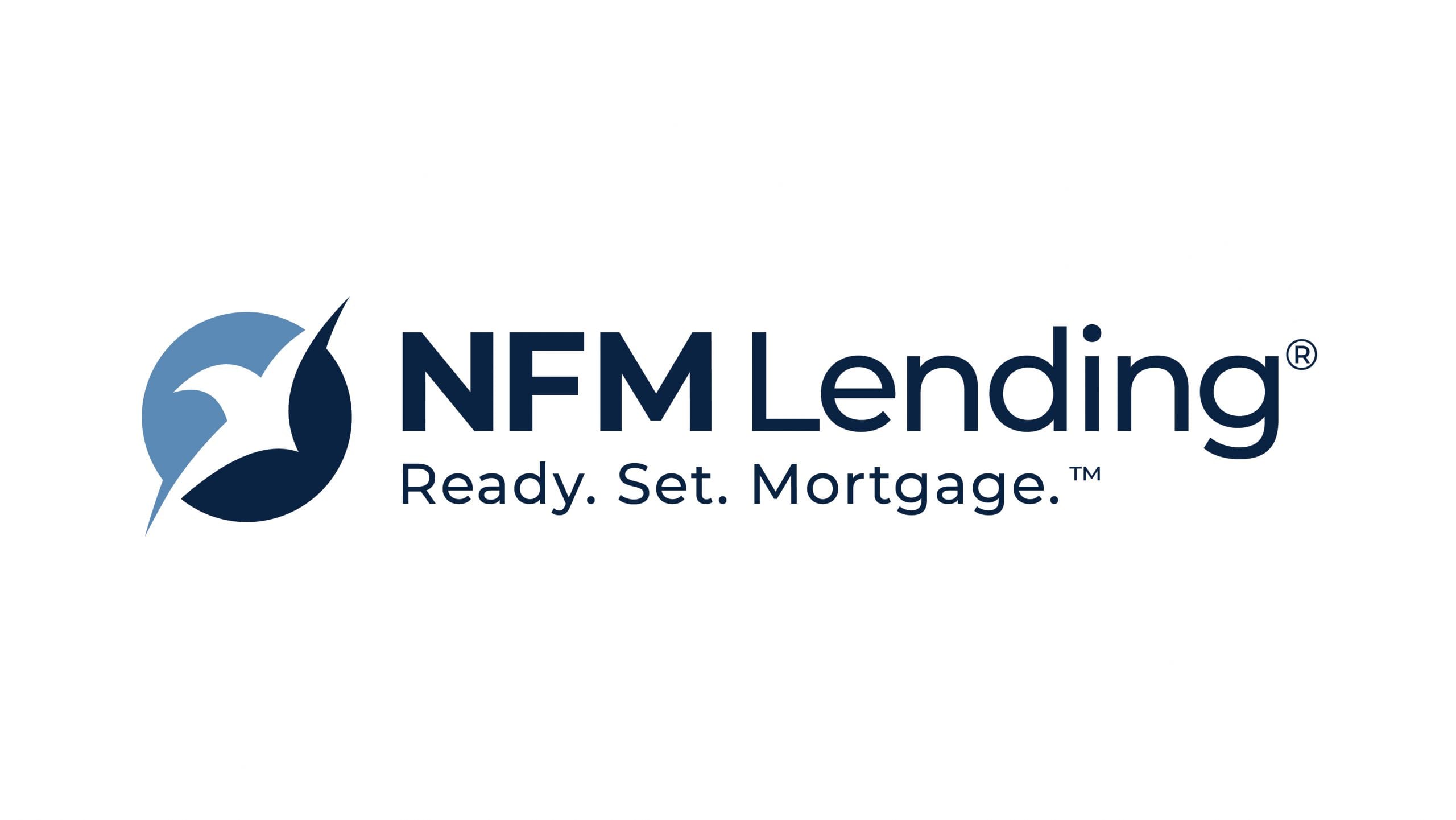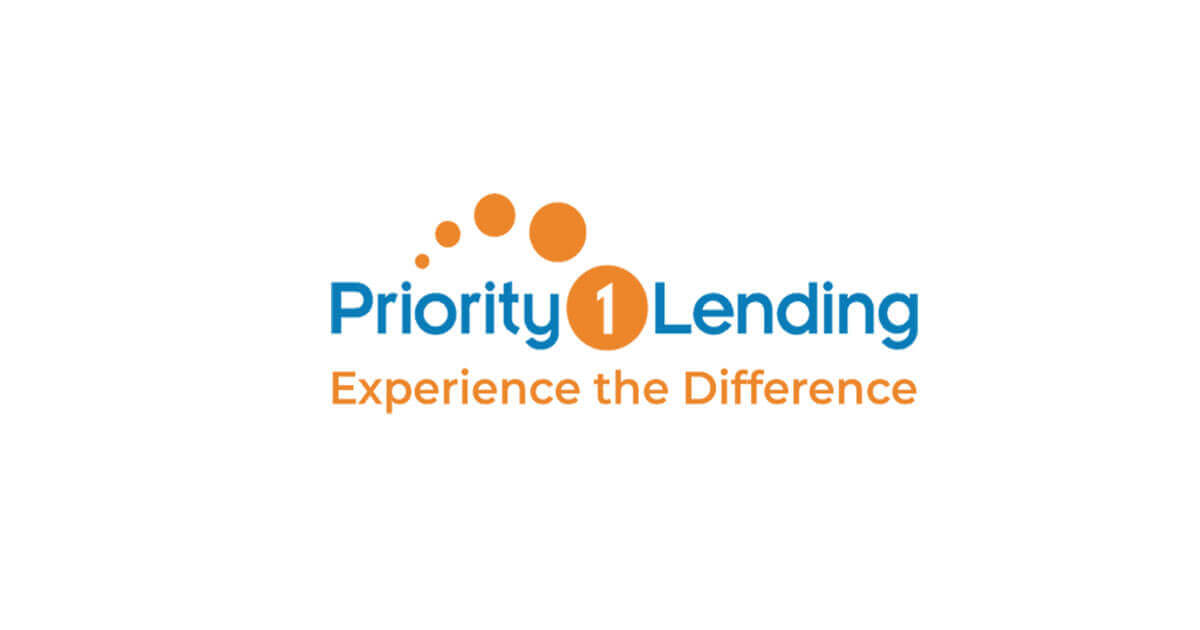Introduction
When it comes to lending money to homebuyers, banks are motivated by various factors that drive their decision-making process. The lending business is a crucial aspect of a bank’s operations, playing a significant role in its overall profitability and growth. Home loans represent a substantial portion of a bank’s lending portfolio, and the incentives for providing this financial service are immense.
Home loans, also known as mortgages, enable individuals to purchase properties by borrowing money from a bank or financial institution. Banks have several reasons why they are willing to extend credit to homebuyers, and these incentives contribute to the overall health and stability of the banking industry. In this article, we will explore these incentives and shed light on why banks are keen on lending money to homebuyers.
By understanding the motivations behind bank lending, we can gain insights into the factors that influence their decision-making processes and the benefits they derive from this activity. Let’s delve deeper into the incentives that drive banks to provide home loans to prospective homebuyers.
Profit from Interest
One of the primary incentives for banks to lend money to homebuyers is the potential for generating profits through interest. When a bank extends a home loan, it charges an interest rate on the principal amount borrowed. This interest represents the cost of borrowing for the homebuyer and acts as a revenue stream for the bank.
As home loans are typically long-term commitments, spanning several years or even decades, the interest payments over time can result in significant financial gains for the bank. The interest earned from home loans contributes to a bank’s revenue, bolstering its financial position and allowing it to allocate resources to various areas of its operations.
Moreover, the interest earned is proportional to the loan amount and the duration of the loan, offering banks the opportunity to earn substantial returns on their lending activities. This profit motive encourages banks to carefully assess and evaluate the creditworthiness of borrowers, ensuring that the risk associated with lending is mitigated, and the likelihood of repayment is high.
It is important to note that the interest rates charged on home loans can be influenced by various factors, including market conditions, the creditworthiness of the borrower, and the bank’s overall cost of funds. By managing these factors effectively, banks can maximize their profitability while offering competitive interest rates to attract potential homebuyers.
In sum, the ability to generate profits through interest is a significant driving force behind banks’ willingness to lend money to homebuyers. By carefully managing interest rates and assessing the creditworthiness of borrowers, banks can optimize their return on investment and ensure a sustainable lending business. The next section will explore another crucial aspect that incentivizes banks to engage in home lending: generating revenue from fees and charges.
Generating Revenue from Fees and Charges
In addition to earning profits from interest, banks also generate revenue from fees and charges associated with home loans. These fees and charges are imposed on borrowers for various services provided by the bank throughout the loan process.
One common fee is the origination fee, which is charged at the beginning of the loan application process. This fee covers the administrative costs involved in processing the loan, such as credit checks, documentation, and underwriting. Origination fees can vary depending on the loan amount and the complexity of the transaction, providing an additional source of income for banks.
Other fees that banks may charge include appraisal fees, which cover the cost of evaluating the property’s value, and escrow fees, which ensure that funds are available for property taxes and insurance. These fees, along with others like application fees, late payment fees, and prepayment penalties, contribute to the overall revenue generated by banks through home lending.
Furthermore, banks may offer additional services such as mortgage refinancing or home equity loans, which come with their own set of fees and charges. By diversifying their range of loan products and services, banks can attract a broader customer base and increase their revenue streams.
It is important to note that while these fees and charges contribute to the overall profitability of banks, regulators often scrutinize them to ensure they are reasonable and transparent. Bank authorities and regulatory bodies monitor the fees and charges imposed by banks to protect consumers from excessive or unfair practices, promoting a fair and competitive lending environment.
In summary, generating revenue from fees and charges is another incentive for banks to lend money to homebuyers. These additional sources of income, derived from various fees and charges associated with the loan process, contribute to the overall financial health and stability of banks.
Building Long-Term Customer Relationships
Banks understand the importance of building long-term relationships with their customers, and providing home loans is an effective way to achieve this. By offering competitive mortgage products, banks can attract new customers and retain existing ones, thereby fostering loyalty and developing a strong customer base.
Building long-term customer relationships is crucial for banks because it leads to repeat business and cross-selling opportunities. When a bank successfully meets the financing needs of a homebuyer, there is a higher likelihood of that customer utilizing other banking services, such as savings accounts, credit cards, or investment products.
Moreover, a satisfied homebuyer is more likely to refer friends and family to the bank, further expanding the customer base through word-of-mouth recommendations. This positive reputation enhances the bank’s brand image and credibility, creating a virtuous cycle of customer acquisition and retention.
In order to foster long-term customer relationships, banks often provide personalized service and ongoing support throughout the loan journey. This includes assisting with any inquiries or concerns, offering financial advice, and providing guidance during the loan repayment period.
Additionally, banks may offer special promotions or loyalty programs to encourage homebuyers to choose their institution for their mortgage needs. These incentives can range from discounted interest rates to valuable rewards or benefits, further strengthening the bond between the bank and the customer.
In essence, lending money to homebuyers allows banks to establish and maintain long-term customer relationships. By offering competitive mortgage products and providing exceptional service, banks can attract new customers, retain existing ones, and create a loyal customer base that benefits both the bank and the customer.
Expanding Customer Base and Market Share
Another significant incentive for banks to lend money to homebuyers is the opportunity to expand their customer base and increase their market share. By catering to the needs of homebuyers, banks can tap into a vast pool of potential customers and establish a stronger presence in the mortgage market.
Home loans are in high demand, as buying a home is a significant milestone in most people’s lives. By offering attractive mortgage options, banks can attract a large number of prospective homebuyers who are actively seeking financing for their dream home.
Expanding the customer base not only provides immediate business opportunities but also offers the potential for long-term growth. As homebuyers become loyal customers and utilize other banking services, the bank’s market share increases, further solidifying its position in the industry.
Furthermore, when banks successfully lend to homebuyers, it strengthens their competitive position in the mortgage market. By offering favorable terms, competitive interest rates, and efficient loan processing services, banks can differentiate themselves from their competitors and gain a larger market share.
In addition to attracting individual homebuyers, banks also have the opportunity to engage with real estate developers and builders. Establishing relationships with these entities can lead to multiple financing opportunities and enhanced market penetration in specific regions or segments.
Expanding the customer base and market share is a strategic objective for banks, as it enables them to achieve economies of scale, increase their revenue streams, and enhance their overall profitability. By continuously attracting new homebuyers and maintaining high levels of customer satisfaction, banks can secure their position as key players in the competitive mortgage market.
Meeting Regulatory Requirements and Maintaining Reputation
Meeting regulatory requirements is a pivotal factor that incentivizes banks to lend money to homebuyers. Financial institutions operate within a regulated framework to ensure the stability and integrity of the banking system. Compliance with these regulations is not only mandatory but also essential for maintaining a bank’s reputation and trust among stakeholders.
Regulatory bodies, such as banking authorities and consumer protection agencies, establish guidelines and rules that govern lending practices. These regulations cover aspects such as interest rate limitations, disclosure requirements, fair lending practices, and protection against predatory lending.
By adhering to regulatory requirements, banks demonstrate their commitment to responsible lending and consumer protection. This compliance helps build trust with homebuyers, reassuring them that the bank is operating within legal and ethical boundaries.
Furthermore, maintaining a positive reputation is integral to a bank’s long-term success. Lending money to homebuyers with transparency and integrity enhances the bank’s brand image and credibility in the market. A solid reputation attracts more customers and strengthens relationships with existing clients, leading to increased business opportunities.
Banks that prioritize good corporate citizenship and responsible lending practices differentiate themselves from competitors and become an attractive choice for prospective homebuyers. The reputation gained from ethical lending also contributes to increased customer loyalty and positive word-of-mouth referrals.
Moreover, maintaining a strong reputation allows banks to forge partnerships and collaborations with other industry stakeholders, such as real estate professionals, mortgage brokers, and insurance providers. These collaborations create a network that expands the bank’s reach and provides valuable opportunities for cross-selling and joint marketing efforts.
In summary, meeting regulatory requirements and maintaining a positive reputation are essential incentives for banks to lend money to homebuyers. Complying with regulations ensures legal and ethical practices, while a reputable image attracts customers, fosters loyalty, and opens doors for valuable partnerships.
Encouraging Economic Growth
One significant incentive for banks to lend money to homebuyers is the role they play in promoting and stimulating economic growth. The housing market is a vital sector of any economy, and providing financing to homebuyers contributes to its overall stability and expansion.
By offering home loans, banks enable individuals and families to become homeowners, which has numerous positive effects on the economy. Homeownership promotes stability, community development, and wealth creation, as property values typically appreciate over time.
When people own homes, they have a vested interest in the well-being of their community, leading to greater civic engagement, neighborhood improvements, and increased social capital. This, in turn, fosters a sense of pride and contributes to enhanced quality of life.
Additionally, the construction and real estate industries experience growth and job creation as a result of increased housing demand. When banks provide financing for homebuyers, it allows for the development of new residential projects and the revitalization of existing properties. This leads to increased employment opportunities, both directly and indirectly, in various sectors of the economy.
Furthermore, the multiplier effect comes into play as homebuyers begin remodeling or furnishing their new homes. This generates additional economic activity and benefits various industries, from retail and home improvement to furniture manufacturing.
Lastly, the housing market is closely linked to the overall health of the financial industry. Banks rely on a strong mortgage market to diversify their lending portfolio, balance risk, and ensure stability. A thriving housing market, fueled by loans to homebuyers, contributes to a robust financial sector that is vital for economic growth.
Overall, lending money to homebuyers encourages economic growth by promoting homeownership, stimulating the construction and real estate sectors, creating jobs, and generating economic activity in related industries. Banks play a critical role in supporting the housing market and, consequently, the overall health of the economy.
Conclusion
Lending money to homebuyers provides numerous incentives for banks, driving their decision to extend credit and support the housing market. The factors explored in this article highlight the multifaceted benefits that banks derive from offering home loans.
Profit from interest and generating revenue from fees and charges serve as primary sources of income for banks. The potential for long-term customer relationships allows banks to build loyalty, expand their customer base, and enhance their market share. Meeting regulatory requirements and maintaining a positive reputation are crucial for banks to operate ethically and sustainably. Encouraging economic growth through home lending contributes to the stability and development of both the housing market and the overall economy.
By understanding the incentives behind banks’ lending activities, we can appreciate the vital role they play in providing access to home ownership, stimulating economic growth, and fostering financial stability. The relationship between banks and homebuyers is mutually beneficial, as individuals fulfill their housing aspirations while banks generate profits and contribute to the broader economic landscape.
As the demand for housing and mortgage financing continues to grow, banks will continue to innovate and adapt to meet the needs of homebuyers. Through responsible lending practices, competitive offerings, and strong customer relationships, banks can thrive in a dynamic and evolving mortgage market.
In conclusion, the incentives for banks to lend money to homebuyers are diverse and contribute to their financial success, customer relations, regulatory compliance, and the overall well-being of the economy.

























